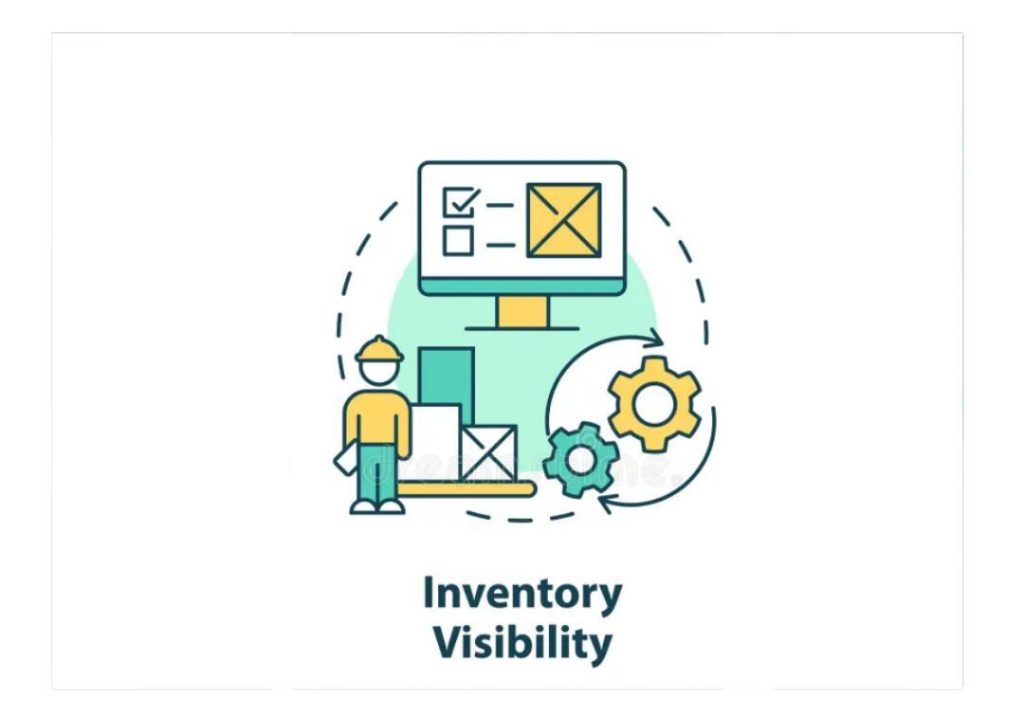
Can Your Customers See What You Can’t?
In today’s fast-paced, omnichannel retail landscape, providing real-time inventory transparency across channels is no longer a luxury, but a necessity for success. Shoppers are increasingly tech-savvy, and they expect to have a seamless shopping experience, regardless of whether they’re browsing online or in-store. To meet these expectations, retailers must ensure that their technology stack is synchronized, providing customers with real-time visibility into product availability, location, and delivery timelines.
But what happens when your tech stack isn’t in sync, and your customers are left with mismatched expectations and frustrated experiences? In this blog post, we’ll explore the importance of real-time inventory transparency and how it can help build operational trust across locations.
The Consequences of Mismatched Expectations
When your inventory levels aren’t up-to-date, and your customers are left waiting for products that are no longer in stock, it can lead to a range of negative consequences. For one, it can damage customer trust and loyalty, as shoppers begin to question your ability to deliver on your promises.
Moreover, mismatched expectations can lead to a significant increase in returns, customer complaints, and ultimately, lost revenue. According to a study by the National Retail Federation, the average return rate for online orders is around 20%, with many retailers reporting rates as high as 30% or more. This not only wastes resources on processing and shipping returns but also eats into profit margins.
The Power of Real-Time Visibility
So, what can retailers do to avoid these pitfalls and provide their customers with a seamless shopping experience? The answer lies in real-time inventory visibility. By providing customers with accurate, up-to-the-minute information on product availability, location, and delivery timelines, retailers can:
- Build operational trust: When customers know exactly what’s in stock, where it is, and when it will arrive, they’re more likely to trust your brand and make repeat purchases.
- Reduce returns: By ensuring that customers only receive products that are actually in stock, retailers can significantly reduce the number of returns and associated costs.
- Improve customer satisfaction: Real-time inventory visibility helps to manage customer expectations, reducing the likelihood of disappointment and frustration.
- Increase sales: By providing customers with the products they want, when they want them, retailers can increase sales and revenue.
The Importance of Synchronized Technology
So, how can retailers achieve real-time inventory visibility and avoid mismatched expectations? The answer lies in a synchronized technology stack that integrates across all channels. This includes:
- Inventory management software: A robust inventory management system that tracks stock levels, location, and movement in real-time.
- Omnichannel e-commerce platform: A platform that integrates with your inventory management system, allowing customers to browse and purchase products across multiple channels.
- Supply chain visibility: Real-time visibility into your supply chain, including shipping and delivery timelines.
- Analytics and reporting: Data analytics and reporting tools that provide insights into sales, inventory, and customer behavior.
By synchronizing these systems, retailers can ensure that their customers receive accurate, up-to-the-minute information on product availability, location, and delivery timelines.
Case Study: Zappos
Zappos, the online shoe retailer, is a prime example of the importance of real-time inventory visibility. By integrating their inventory management system with their e-commerce platform, Zappos provides customers with real-time updates on product availability, location, and delivery timelines. This has resulted in a significant reduction in returns and a boost in customer satisfaction.
Conclusion
In today’s omnichannel retail landscape, providing real-time inventory transparency is no longer a nice-to-have, but a must-have for success. By synchronizing their technology stack and providing customers with accurate, up-to-the-minute information on product availability, location, and delivery timelines, retailers can build operational trust, reduce returns, improve customer satisfaction, and increase sales.
As we discussed in our previous blog post on the key elements of an omnichannel operating model, real-time inventory visibility is just one of the many components that retailers must consider when building a seamless shopping experience. By prioritizing this critical aspect of omnichannel retail, retailers can avoid mismatched expectations and build a loyal customer base.
Sources:
https://www.growthjockey.com/blogs/key-elements-omnichannel-operating-model






